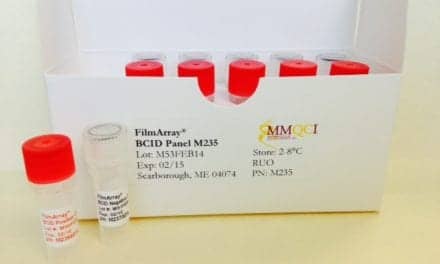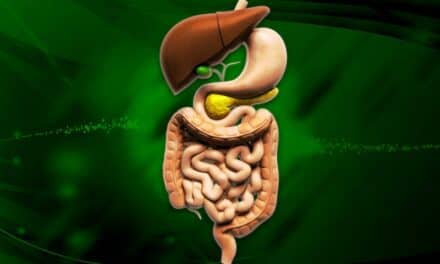In a potential breakthrough in the fight against covid-19, researchers in Australia say they have mapped the body’s immune response to the novel coronavirus.
In a recent study, scientists were able to test blood samples from a patient who had contracted covid-19 and was hospitalized with moderate symptoms.1 They say it is the first time experts have mapped the body’s general immune response to the new disease.
“We saw a really robust immune response that preceded clinical recovery,” says Katherine Kedzierska, PhD, from the University of Melbourne’s institute for infection and immunity. “We noted an immune response, but she was visually still unwell, and 3 days later the patient recovered.” Keszierska adds that her team’s research was “an important step in understanding recovery from covid-19. We have verifiable results in more patients with moderate disease. Now we can ask the question: what is different or missing in people who are fatally ill?”
Keszierska says the findings have two potential practical applications. First, it will help virologists develop a vaccine, because the goal in vaccination is to replicate the body’s natural immune response to viruses. The team identified four distinct immune-cell populations in the covid-19 patient’s blood as she underwent recovery. Kedzierska says these were “very similar to what we see in patients with influenza.”
The second practical application is screening, says Kedzierska. Their observations could also help health authorities make better predictions in future disease outbreaks about who is most at risk. These immune system ‘markers’ could in theory predict with greater accuracy which patients are likely to have mild symptoms and which are at risk of dying.
To read more, visit MedicalXpress.
Reference
1. Thevarajan I, Nguyen THO, Koutsakos M, et al. Breadth of concomitant immune responses prior to patient recovery: a case report of nonsevere covid-19. Nat Med. Epub ahead of print, March 16, 2020; doi: 10.1038/s41591-020-0819-2.
Featured image: Colorized scanning electron micrograph of a VERO E6 cell (blue) heavily infected with SARS-CoV-2 virus particles (green), isolated from a patient sample. Image captured and color-enhanced at the NIAID Integrated Research Facility in Fort Detrick, Maryland. Image courtesy NIAID.





